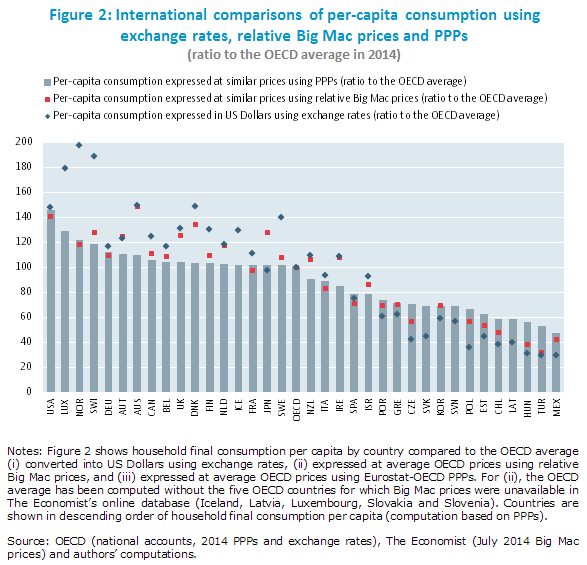
In the 13 th Five-Year Plan (2016-2020) for power production announced by the National Energy Administration (NEA) in November 2016, coal capacity was to be limited to 1100 GWe by 2020 by cancelling and postponing about 150 GWe of projects. In September 2020, the Premier stated that the country now intends to reach peak emissions before 2030, and to become carbon neutral before 2060. In November 2014 the Premier announced that China intended about 20% of its primary energy consumption to be from non-fossil fuels by 2030, at which time it intended its peak of CO 2 emissions to occur. This 20% target is part of the 13th Five-Year Plan and was reiterated at the Paris climate change conference in December 2015, along with reducing CO 2 emissions by 60-65% from 2005 levels by 2030. In 2012 China was the world’s largest source of carbon emissions – 2626 MtC (9.64 Gt CO 2), and its increment that year comprised about 70% of the world total increase. In March 2014 the Premier said that the government was declaring “war on pollution” and would accelerate closing coal-fired power stations. In August 2013 the State Council said that China should reduce its carbon emissions by 40-45% by 2020 from 2005 levels, and would aim to boost renewable energy to 15% of its total primary energy consumption by 2020. The International Energy Agency (IEA) notes that since 2012, China has been the country with the largest installed power capacity, and it has increased this by 85% since then to reach 2011 GWe in 2019, about a quarter of global capacity. * Official measurements of fine particles in the air measuring less than 2.5 micrometres, which pose the greatest health risk, rose to a record 993 micrograms per cubic metre in Beijing on 12 January 2013, compared with World Health Organization guidelines of no higher than 25. The economic loss due to pollution is put by the World Bank at almost 6% of GDP, 1 and the new leadership from March 2013 prioritized this.* Chronic and widespread smog in the east of the country is attributed to coal burning. Rapid growth in demand has given rise to power shortages, and the reliance on fossil fuels has led to much air pollution. Wind and solar capacity in 2019 was 21% of total installed generating capacity, but delivering under 9% of the electricity.


Most of mainland China's electricity is produced from fossil fuels, predominantly coal – 69% in 2019. Source: International Energy Agency and The World Bank.

Import/export balance: 4.4 TWh net export (17.2 TWh imports 21.7 TWh exports)


 0 kommentar(er)
0 kommentar(er)
